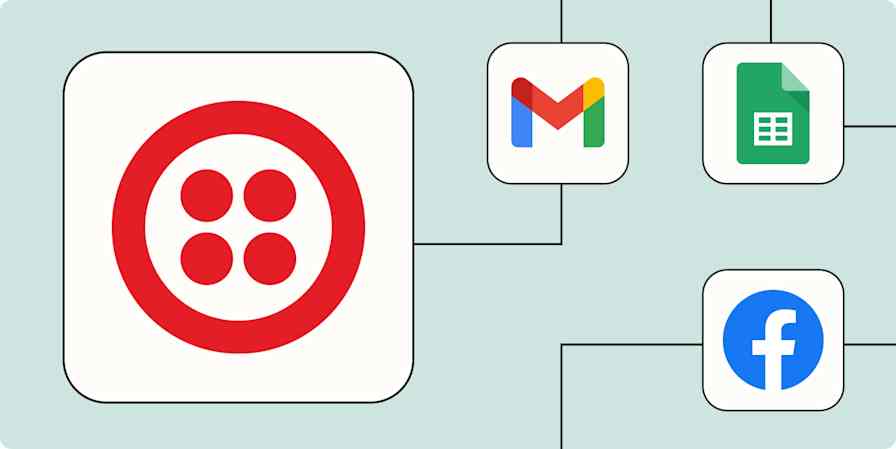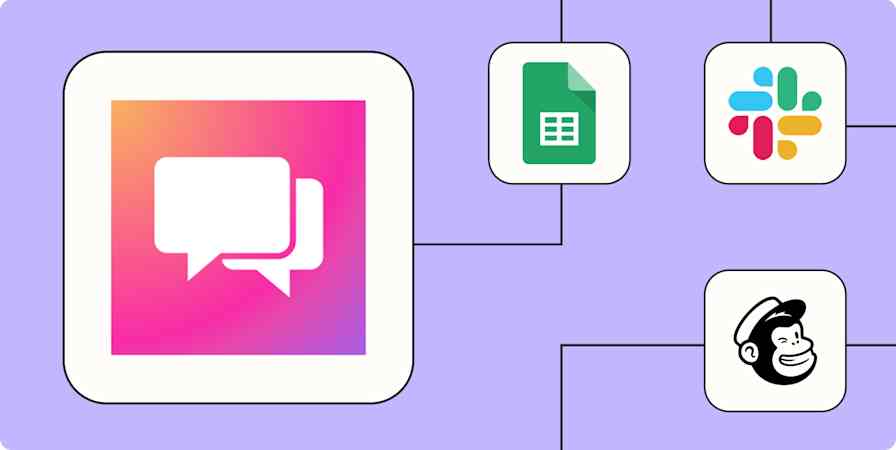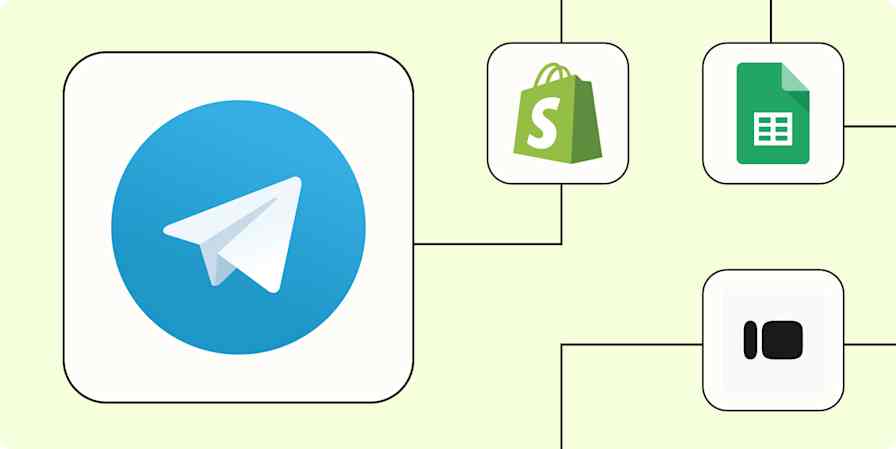Best apps
18 min readThe 8 best VoIP providers to move your business phone to the cloud
By Allisa Boulette · May 6, 2024

Get productivity tips delivered straight to your inbox
We’ll email you 1-3 times per week—and never share your information.
mentioned apps
Related articles
Improve your productivity automatically. Use Zapier to get your apps working together.









